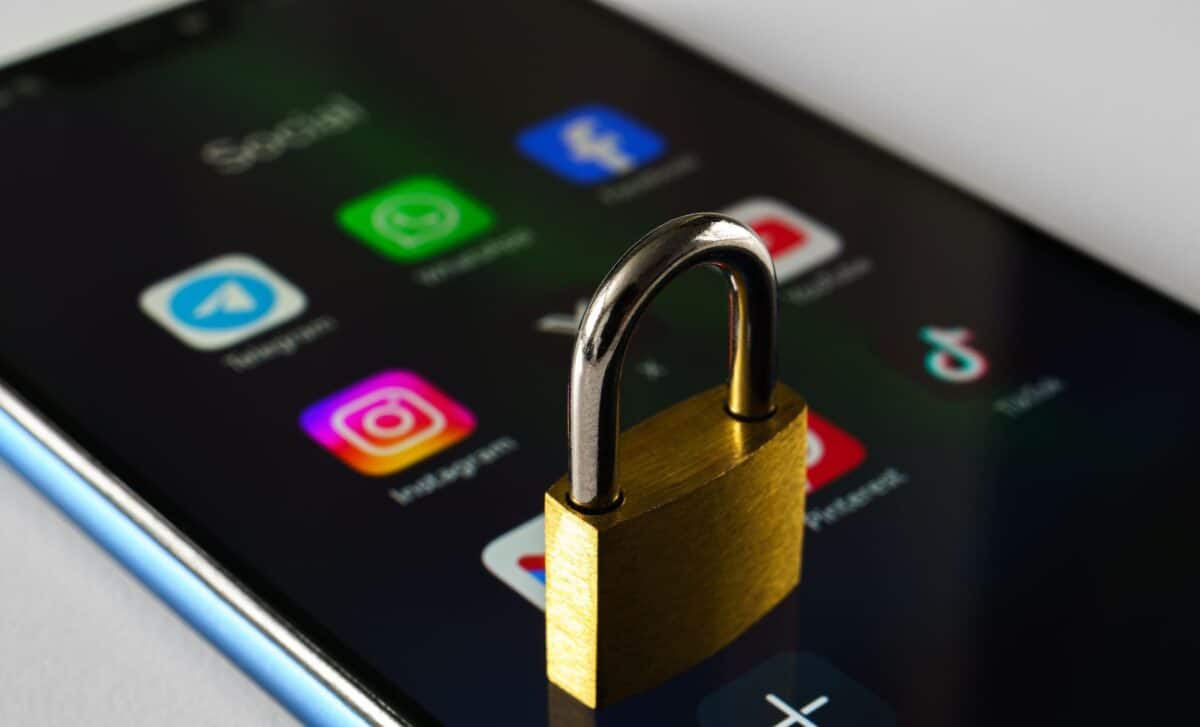More than half of U.S. states have now passed laws that regulate or ban cellphone use in schools, with several more considering similar measures. This surge in legislation reflects a broad consensus among policymakers that mobile phones can negatively affect students’ mental health and academic performance.
The issue has gained momentum quickly, starting with Florida’s groundbreaking law in 2023 and spreading to states across the country. Lawmakers from both parties have voiced strong opinions, framing cellphone restrictions as necessary steps to protect students’ wellbeing.
States Take Different Approaches to Cellphone Restrictions in Schools
According to recent reports, 25 states have passed laws regulating cellphone use in schools, with eight additional states and the District of Columbia setting policies or recommendations at the district level.
The legislative push picked up speed this year, with 16 states passing new laws, including Alaska overriding a governor’s veto to enforce cellphone regulations.
The scope of these laws varies widely. Some states, like Florida, initially banned phone use only during instructional time, but newer bills aim to extend bans to the entire school day for elementary and middle schools.
Nine states plus the District of Columbia now enforce “bell-to-bell” bans, prohibiting cellphone use throughout the school day, outnumbering the seven states with more limited restrictions. North Dakota’s Republican governor Kelly Armstrong called the full-day ban “a huge win” supported by teachers, parents, and principals.
Advocacy groups such as ExcelinEd, founded by former Florida governor Jeb Bush, have been influential in promoting full-day bans. Nathan Hoffman, senior director of state policy at ExcelinEd, notes that extending restrictions beyond class time helps prevent behavioral problems linked to phones, including fights recorded in hallways.
Exceptions, Opposition, and Funding Challenges Shape the Debate
While most states support strict rules, nearly all laws include exceptions for medical needs, special education requirements, and emergency use. Emergency access remains the most controversial exception, with parents insisting on the ability to contact children during crises like school shootings.
Tinya Brown, whose daughter attends a high school affected by a shooting in Georgia, spoke out against blanket bans, emphasizing the need for cellphone communication during emergencies.
Some students have pushed back against these rules, especially in high schools. Kaytlin Villescas, a Louisiana sophomore, advocates teaching responsible cellphone use instead of outright bans, arguing it could help build a culture of respect and self-regulation.
Funding for enforcement remains limited. A few states provide money for practical measures like lockable phone storage. New York plans to spend $13.5 million on these solutions, but many states offer no dedicated resources, potentially complicating implementation.
The rapid adoption of cellphone regulations in U.S. schools highlights growing concerns about the social and educational impacts of mobile devices on students. Lawmakers continue to balance the need for control with allowances for exceptions and logistical challenges.









